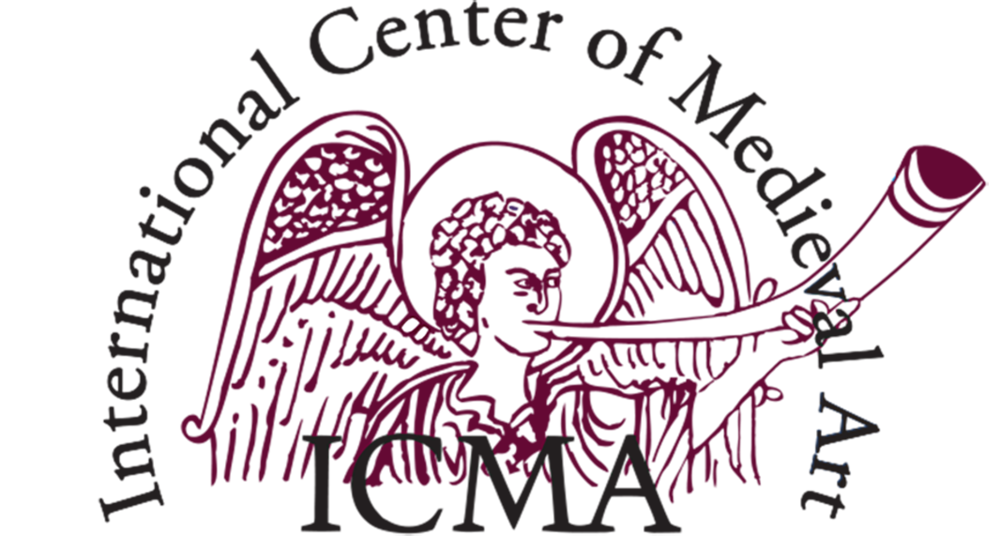In collaboration with the Consejo Superior de Investigaciones Científicas in Madrid and Princeton's departments of Art & Archaeology and History, the Index of Christian Art will sponsor a two-day interdisciplinary conference, “The Medieval Iberian Treasury in the Context of Muslim-Christian Interchange,” on 19-20 May 2017.
The medieval treasury offers an extraordinary material witness to the desires, aspirations, and self-conception of its creators. Treasuries could function as sources of gifts (and obligations) for their allies, as prestigious private storehouses for ostentation before an elite audience, or as financial reserves that could be made use of in times of need. Luxury items from non-Christian cultures, such as the many Islamic objects that found their way into church treasuries, or those made from materials of great intrinsic value, such as ivory, gold, silver, or silk, became even more valuable if the piece were turned to a sacred use. We will examine these dimensions of the treasury by giving special emphasis to the rich holdings of the royal-sponsored monastery of San Isidoro de León in northern Spain. Taken as a whole, both texts and objects offer a rich body of evidence for interdisciplinary investigation and serve as a springing point for larger questions about sumptuary collections and their patrons across Europe and the Mediterranean during the central Middle Ages.
Hosted at the Princeton Institute for International and Regional Studies, the conference brings together international and US scholars from multiple disciplines and professions, with specializations including Islamic law and sumptuary production, Christian chronicles, patronage and royal studies, identity and gender studies, and political history across the cultures of medieval Spain. The diversity of questions and perspectives addressed by these scholars will shed light on the nature of treasury collections, as well as on the broad efficacy of multidisciplinary study for the Middle Ages.
For further information, contact Pamela Patton: ppatton@princeton.edu
